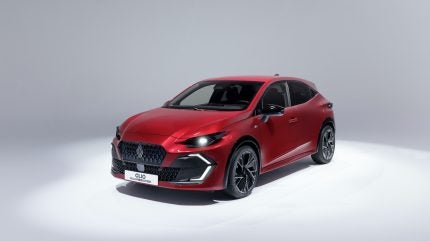
Dacia & Renault future models 2025-2035
Do Dacia and Renault's new leaders plan to change both brands' future vehicle strategies?

Do Dacia and Renault's new leaders plan to change both brands' future vehicle strategies?
